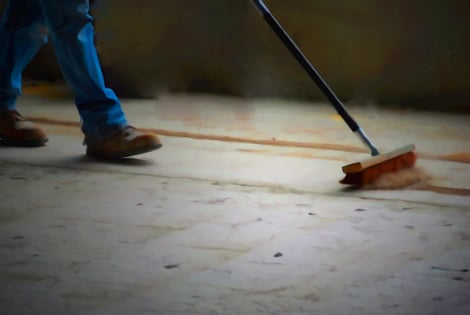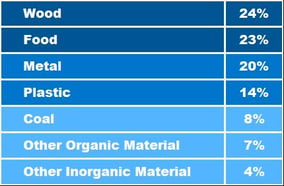 Despite the increased number of inspections and citations for it, even though OSHA created a National Emphasis Program to deal with it, and even though recent explosions have made international headlines, many companies still don’t make combustible dust removal part of their cleaning schedule.
Despite the increased number of inspections and citations for it, even though OSHA created a National Emphasis Program to deal with it, and even though recent explosions have made international headlines, many companies still don’t make combustible dust removal part of their cleaning schedule.
Often though, this cleaning isn’t performed simply because no one in the company realized that the dust created from their manufacturing can become an explosion hazard. Many times the first time they hear about the risk is as they are being handed a citation by an OSHA inspector.
Luckily the Chemical Safety and Hazard Investigations Board (CSB) put out a report that examines recent combustible dust incidents and breaks them down by industry and type of dust.
Comparing these lists to your industry and the type of dust your manufacturing creates can help you determine if you should add combustible dust removal to your cleaning schedule.

Start with the first table, which shows the top industries that have suffered from combustible dust explosions in the past. The number shows what percent of the total dust explosions occurred in each industry.

Next, move to the second table, which lists the type of dusts that caused the most explosions. The number tells you what percentage of the total explosions was caused by each type of dust.
While neither of these lists is all-inclusive for the industries and dusts at risk, they give an idea of the biggest areas that require concern. If your company fell under either the industries at risk or the types of dust created it is essential that you get your dust tested for its explosion risk.
If the dust comes back from testing as positive for an explosion risk you need to have combustible dust removal services performed immediately. Waiting will only cause more dust to accumulate, which will add more fuel to an explosion if it occurs. Even if you don’t experience an explosion, OSHA inspectors have been cracking down on combustible dust, and have been giving large citations for explosive dust hazards.

